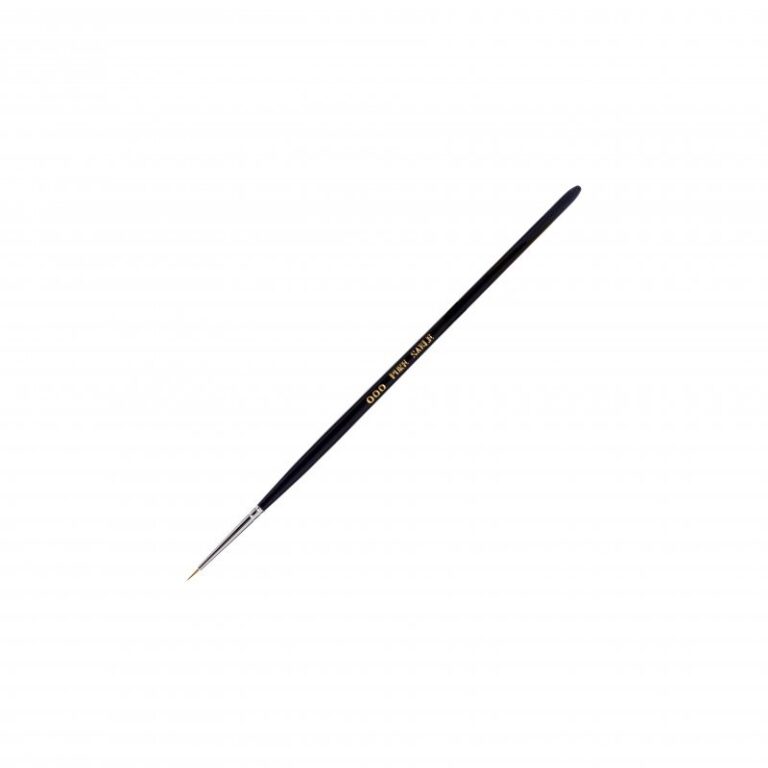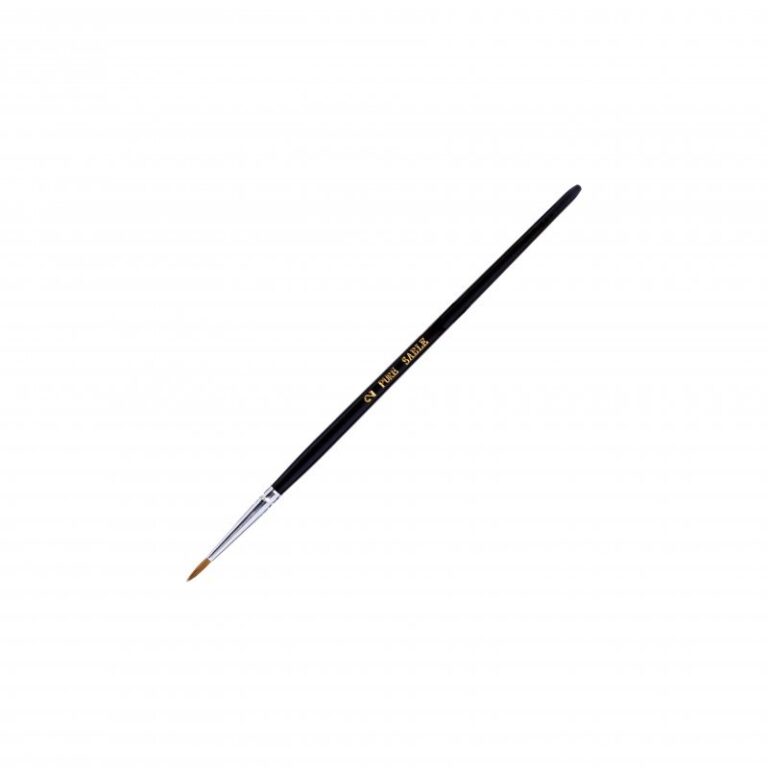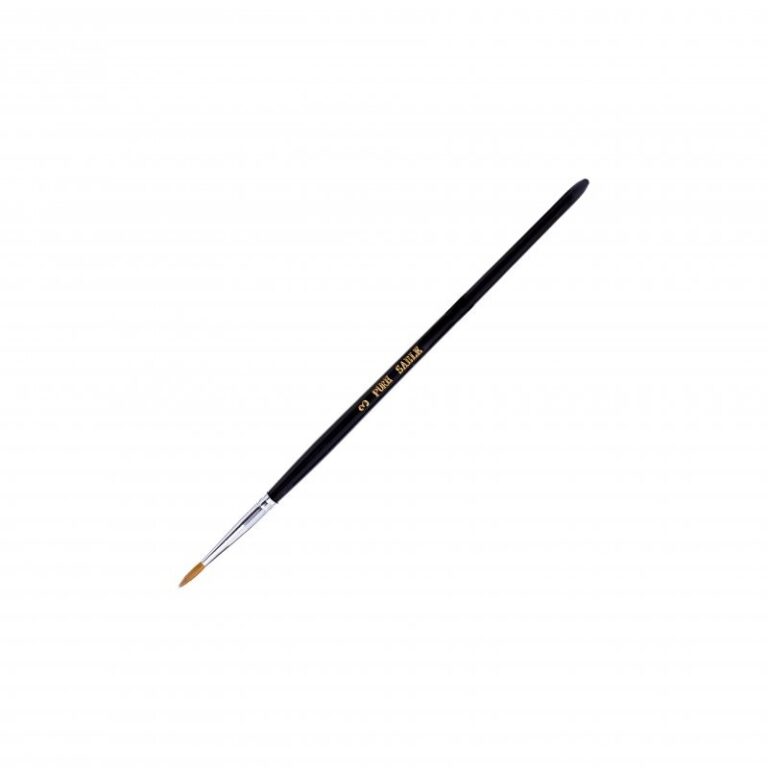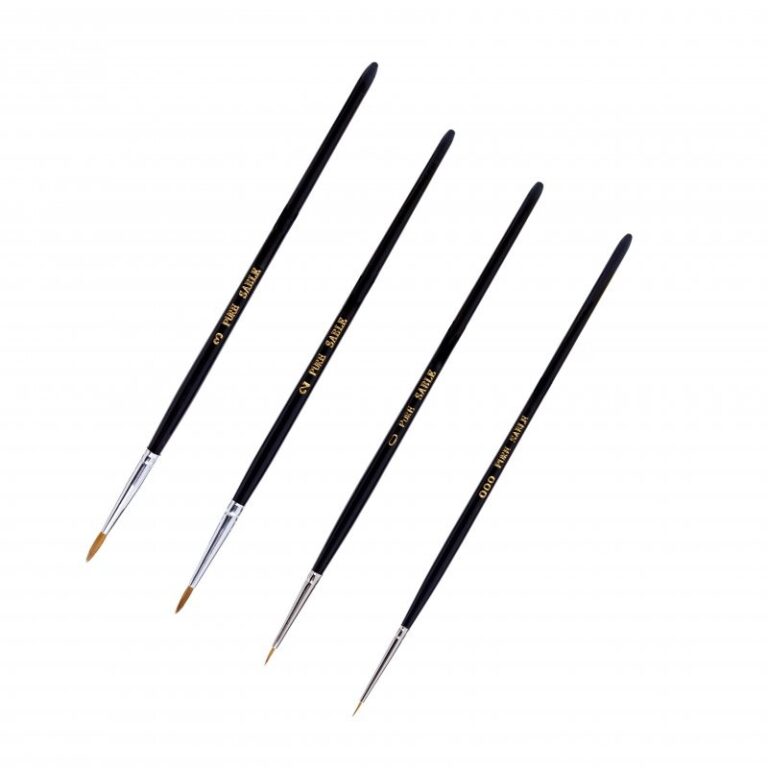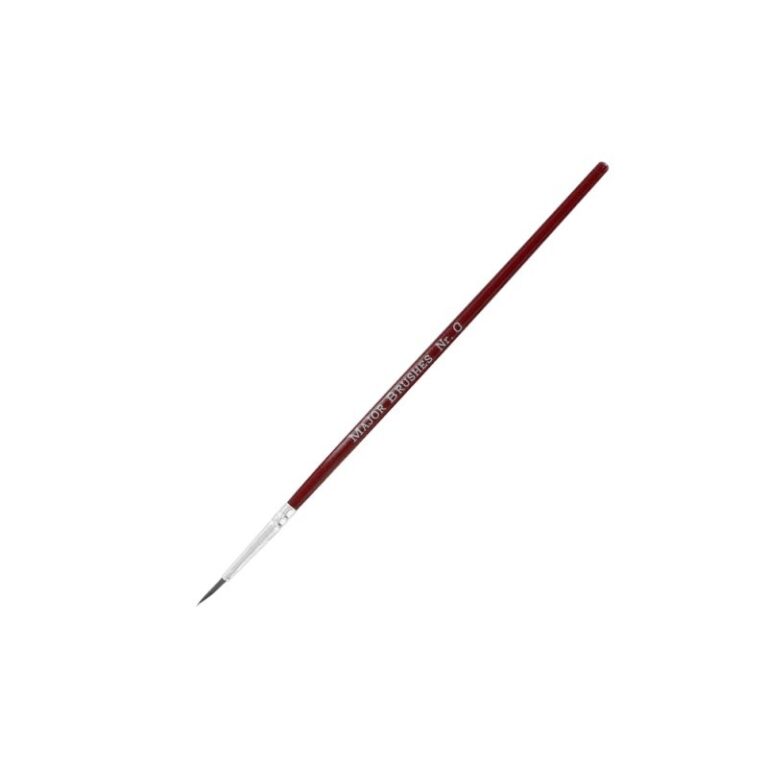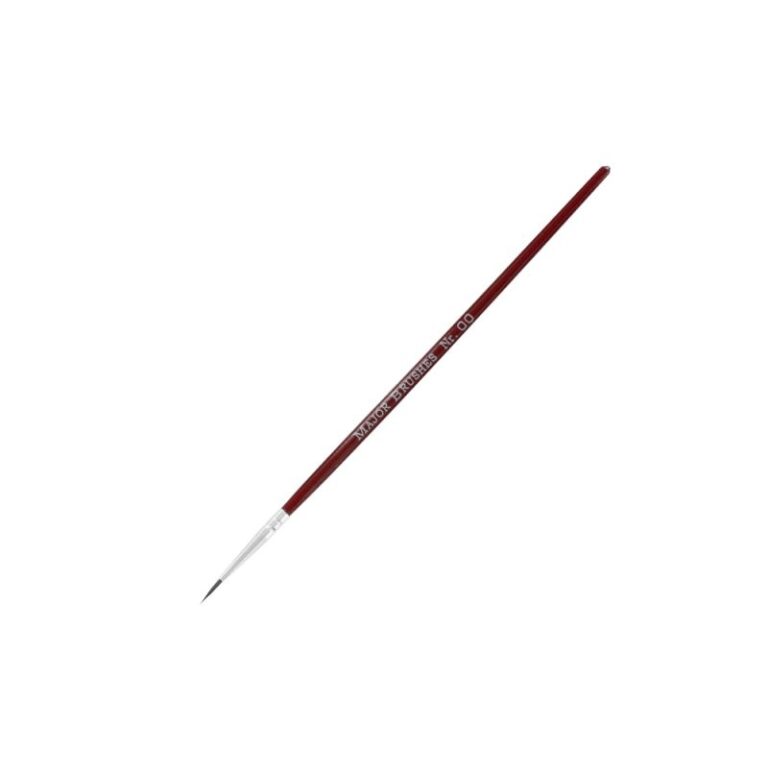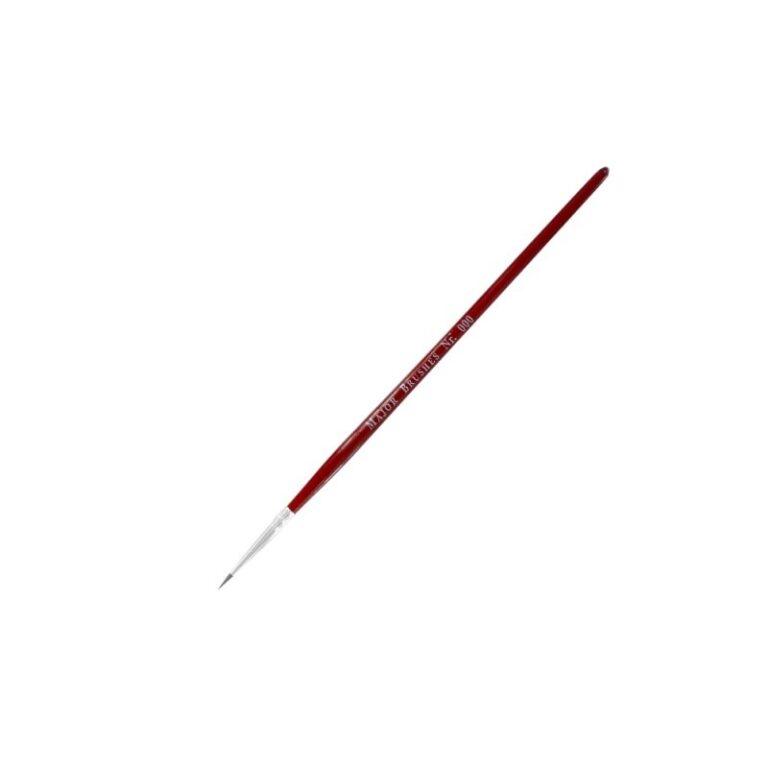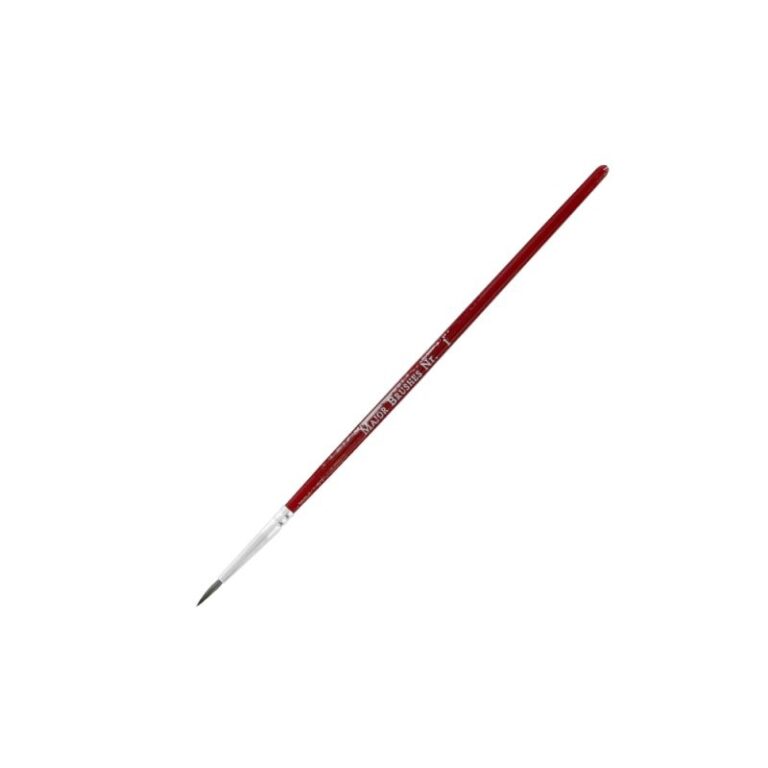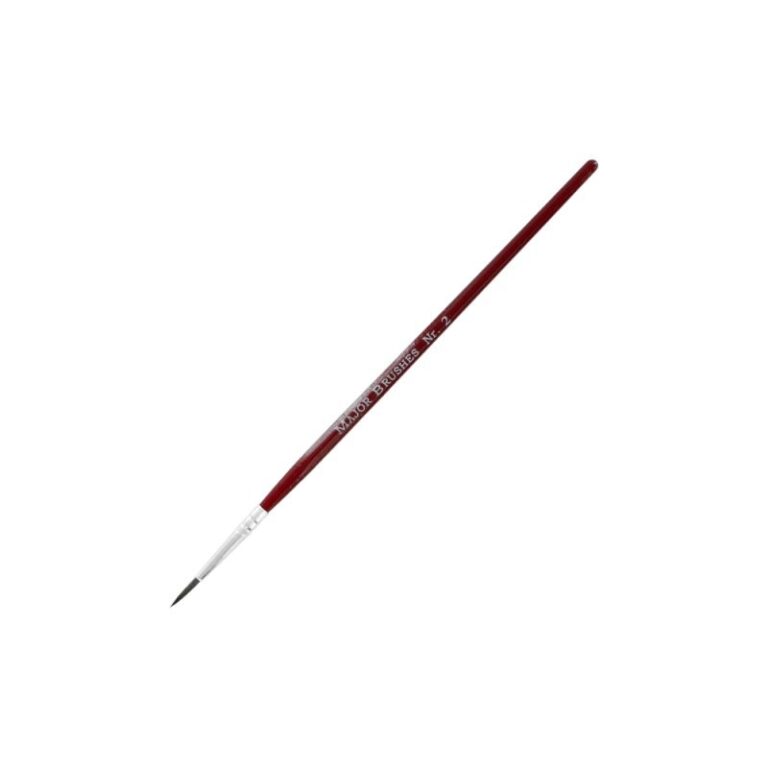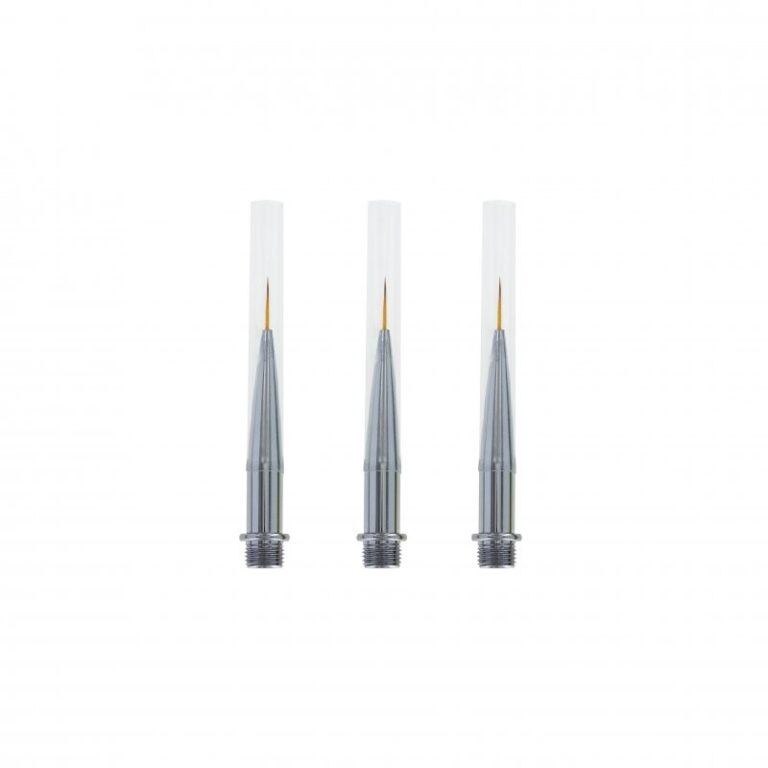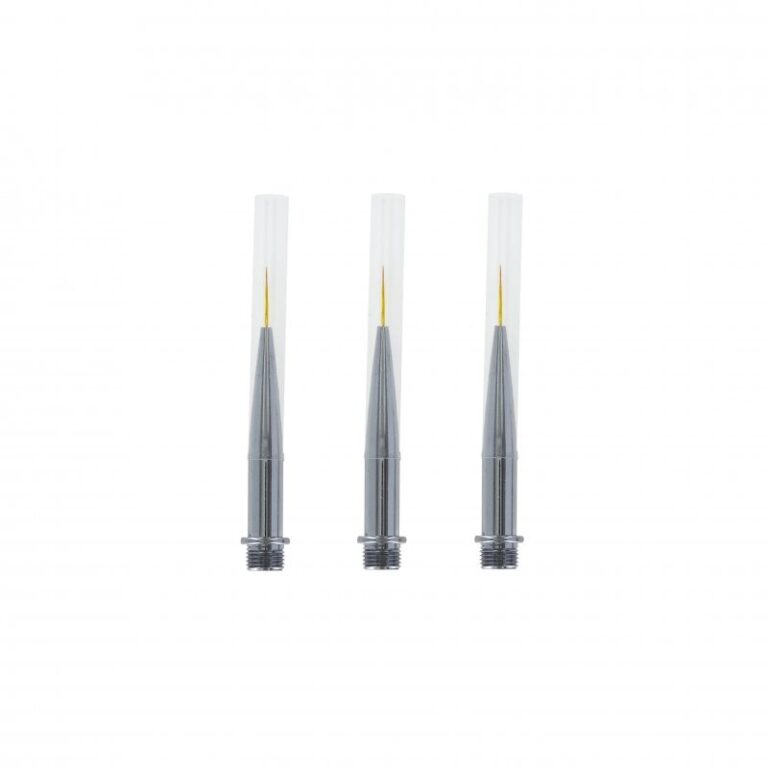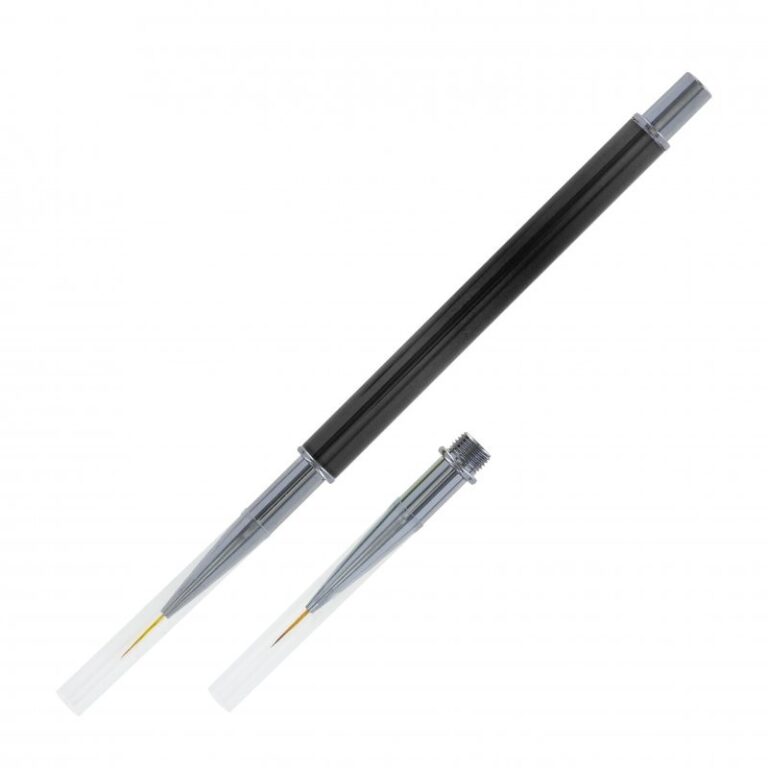Paint Brushes
Paint brushes have been used for centuries in model ship and boat making. The earliest known use of paint brushes in this craft dates back to ancient Egypt, where miniature ships were painted on the walls of tombs. These early brushes were made from reeds or animal hair and were used to apply natural pigments onto the surfaces of the model ships.
As civilization progressed, so did the art of model ship and boat making. The use of paint brushes became more refined and specialized, with different types of brushes being used for different purposes. For example, fine detail work required small, delicate brushes while larger, broader brushes were used for larger areas. This allowed for more precise and detailed painting on the models.
During the Renaissance period, model ship and boat making reached new heights of craftsmanship and detail. Paint brushes were used to create intricate designs and patterns on the models, with skilled artists using a variety of techniques such as dry brushing and layering to achieve a realistic and lifelike appearance. These models were not just used for display, but were also used in naval warfare training, making the accuracy and detail of the painting even more important. Read more about brushes below.
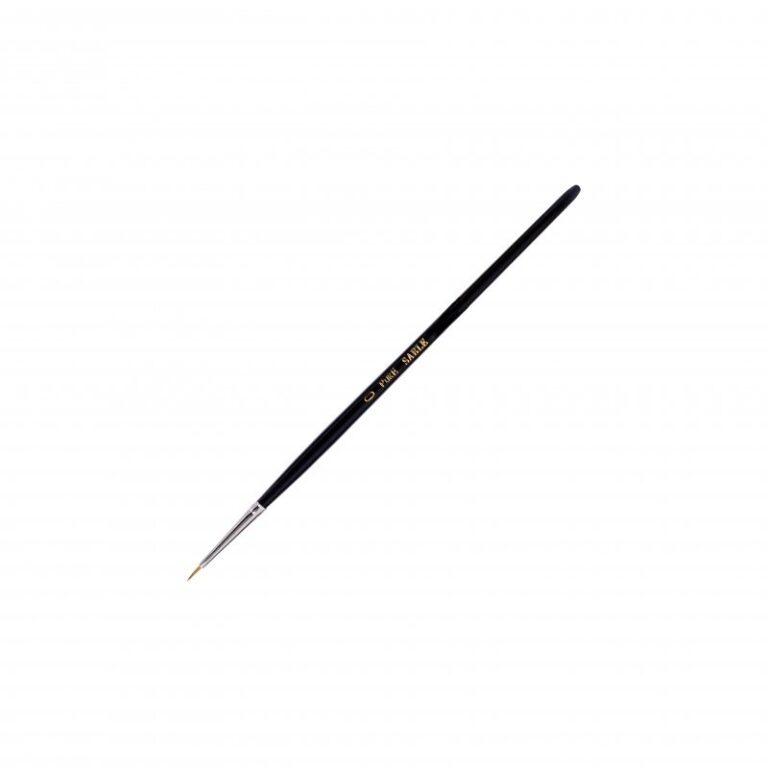
In the 19th century, with the rise of industrialization and the availability of new materials, the production of model ships and boats became more widespread. This also led to advancements in the production of paint brushes. Synthetic fibers such as nylon were introduced, making brushes more durable and easier to clean. This allowed for a wider range of brush shapes and sizes, catering to the specific needs of model ship and boat makers.
Today, paint brushes are still an essential tool in the art of model ship and boat making. While new technologies such as airbrushing have emerged, many artists and hobbyists still prefer the control and precision that comes with using traditional paint brushes. Different types of brushes, such as flat, round, and fan, are used for different techniques and effects, and artists continue to experiment with new ways to create lifelike and intricate designs on their models.
In conclusion, the history of paint brushes in model ship and boat making is a testament to the evolution and refinement of this ancient craft. From the use of simple reeds and animal hair to the introduction of synthetic fibers, paint brushes have played a crucial role in the creation of beautiful and detailed model ships and boats. Their versatility and precision continue to be valued by artists and hobbyists today, making them an indispensable tool in this timeless art form.

